Our first stop was the Cathedral Park on the north side of the Basilica.
The sculpture in the center of the park is a gift to Santa Fe and the State of New Mexico to commemorate the Spanish colonists who settled here in 1598. Approximately 560 men, women and children established one of the earliest permanent European settlements in the US here. The second statue in the park honors Don Diego de Vargas, governor of New Mexico for the Spanish Crown from 1691-1697 and 1703-1704.
We proceeded to the front of the Basilica where there a statue of St. Francis of Assisi can be seen. Also shown is the sculpture Blessed Kateri, a Catholic Native American that was beatified in 1980 by Pope John Paul II. Kateri Tekakwitha was born in 1656 and baptized at age 20 and died 4 years later. She was known as the Lily of the Mohawks.
The main body of the church is French Romanesque architecture, and, gorgeous. The stone was quarried south of Santa Fe. The beautiful stained glass windows were made in France and installed in 1884. Beneath the windows are the first seven Stations of the Cross depicting the Passion of Christ.
In the center of the church is the impressive baptismal font (dedicated in 2001). Made of Brazilian granite, the water flows constantly.
In the sanctuary, behind the altar, is a reredos (altar screen) that was created in 1986. The wood carving was done by two Taos artists (Robert Lavadie and Paul Martinez). A statue of St. Francis dating from the 1700s is in the center of the reredos. Archbishops and important diocesan leaders are entombed in a crypt beneath the Sanctuary. Above the choir loft at the entrance of the church is the Rose Window. The circle symbolizes eternity and the petals represent the 12 Tribes of Israel and the 12 apostles.
To the left of the sanctuary is the La Conquistadora Our Lady of Peace Chapel. This chapel was part of the 1714 adobe church and honors the Blessed Virgin Mary (the statue in the center of the reredos). The statue was made in Spain in the 1400s and was brought to Santa Fe in 1625 by a Franciscan priest. It is the oldest statue of Mary in the US. The crucifix hangs on a wall in the chapel. And, a display case contains Reliquaries. These are referred to as Shrines and are containers for relics (that may be physical remains of saints, such as bones, pieces of clothing, or some object associated with departed saints or religious figures).
From the cathedral, we walked the short distance to the Santa Fe Plaza. It is a National Historic Landmark and has been the center for commerce, festivals, and history for about 400 years. This marker indicates the end of the Santa Fe Trail that was used from 1822 to 1879. It was erected by the Daughters of the American Revolution in 1910.
The monument in the center of the Plaza was erected by the New Mexico legislature and dedicated in 1868 to honor heroes lost in battle. Some of the verbiage inscribed on the monument has been changed as cultural norms have changed. Below is an example where the word “savage” is replaced by the word “resilient.”
Native American vendors can be found at the Palace of the Governors (on the Plaza).
This is the third clock to stand in this location on the Plaza. It was installed in 1916 after its predecessor was hit by a truck (reportedly one of the first in Santa Fe) and stood in front of the Spitz Jewelry Store. It was donated to the city in 1974. The New Mexico Museum of Art can be seen behind it. We did not visit it today (as we had our doggie, Sadie, with us), but hope to return during our stay in Santa Fe.
Across the street from the Museum of Art is the New Mexico History Museum, another one we would like visit. From there we walked around the area seeing restaurants, inns, art galleries, shops, and even a Dog Bar for Sadie!
Returning to our car, we drove to the Cross of the Martyrs (located on the site where historic Fort Marcy once stood). A marker near the entrance commemorates L. Bradford Prince (1840-1922). Originally from NY, he was appointed (by President Rutherford B. Hayes) as Chief Justice of the Territory of New Mexico (1879-82). Prince loved the Santa Fe area and remained here. He was the Territorial Governor of NM from 1889-93 and a leader of the community throughout his life.
Built by the US Army in 1846, Fort Marcy was established during the Mexican-American War after the invasion and capture of Santa Fe. It is positioned on top of a hill providing a clear view of the town.
The large mounds in the photo below are eroded remains of the blockhouse at Fort Marcy. It was made of adobe bricks with a timber ceiling covered with several feet of dirt.
The fort, however, was never garrisoned by soldiers nor engaged in any fighting. By the end of 1847, the guns had been removed and the fort closed. We explored the area of the old fort for a bit, and then walked to the path to see the Cross of the Martyrs.
The Cross, dedicated in 1920 during the Santa Fe Festival, commemorates the death of 21 Franciscan friars and many Spanish colonists during the Pueblo Revolt of 1680. It is a concrete cross that is 25’ tall and weighs 76 tons and overlooks the town of Santa Fe. Plaques at the site tell the history of the Cross of the Martyrs. Candle processions have been held here for many years.
There are benches and picnic tables where you can enjoy the views of the mountains and the town of Santa Fe.
We have already fallen in love with Santa Fe! It is such a lovely town that celebrates the arts in every form, is rich in cultural history, and provides hiking opportunities in the nearby Sangre de Cristo Mountains.

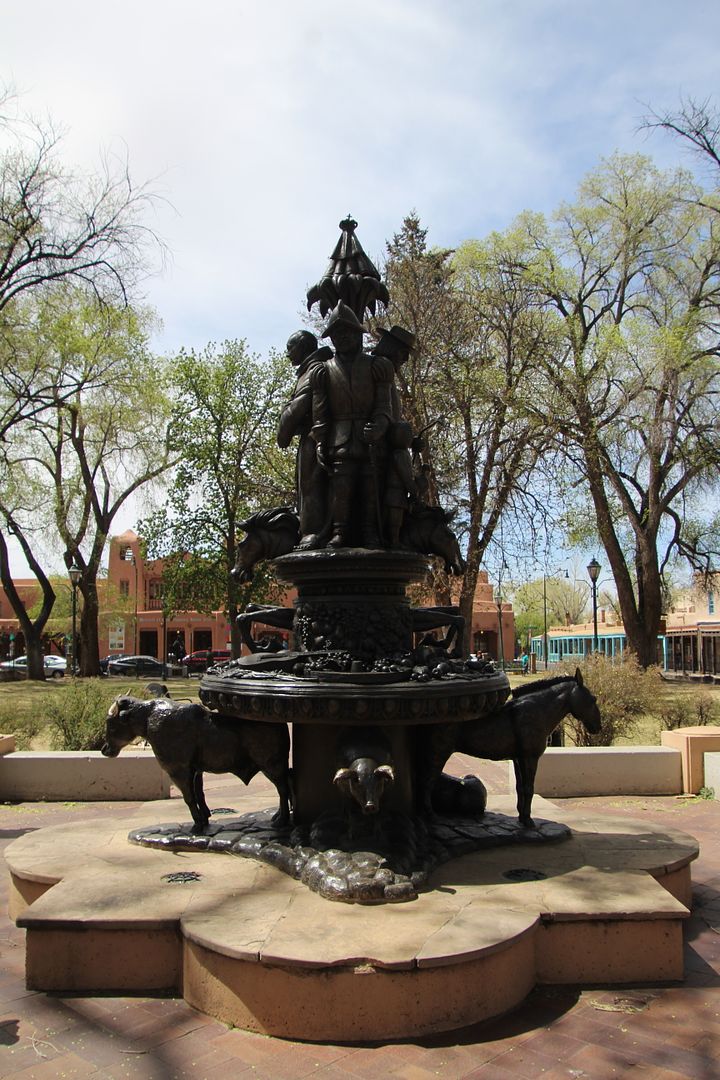
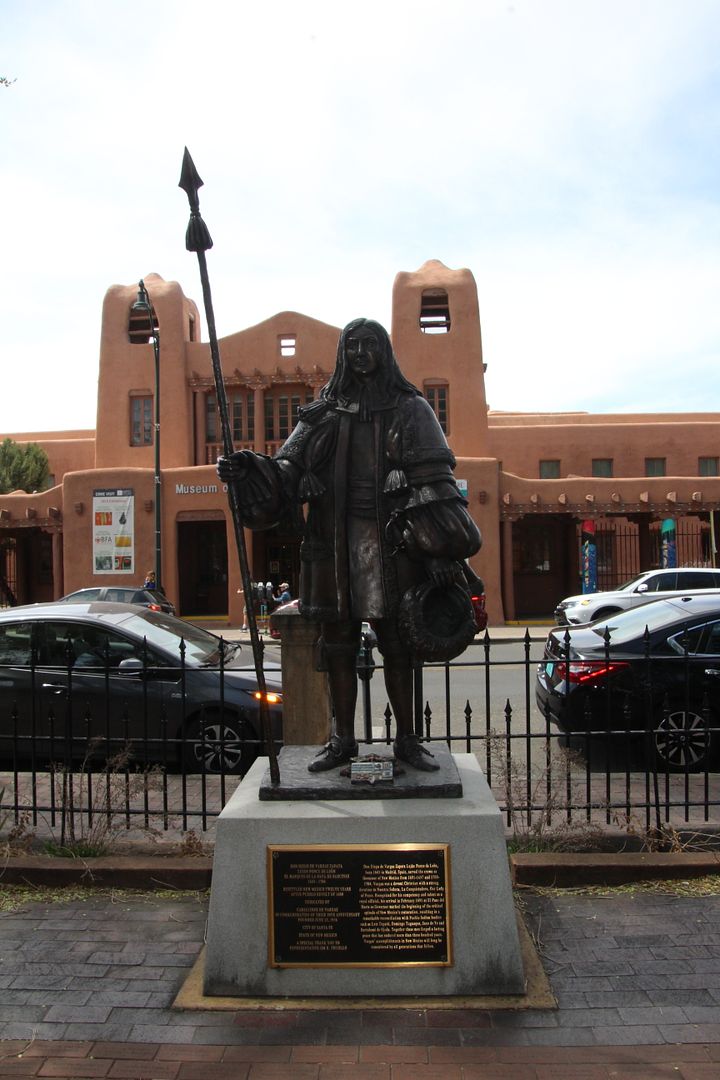
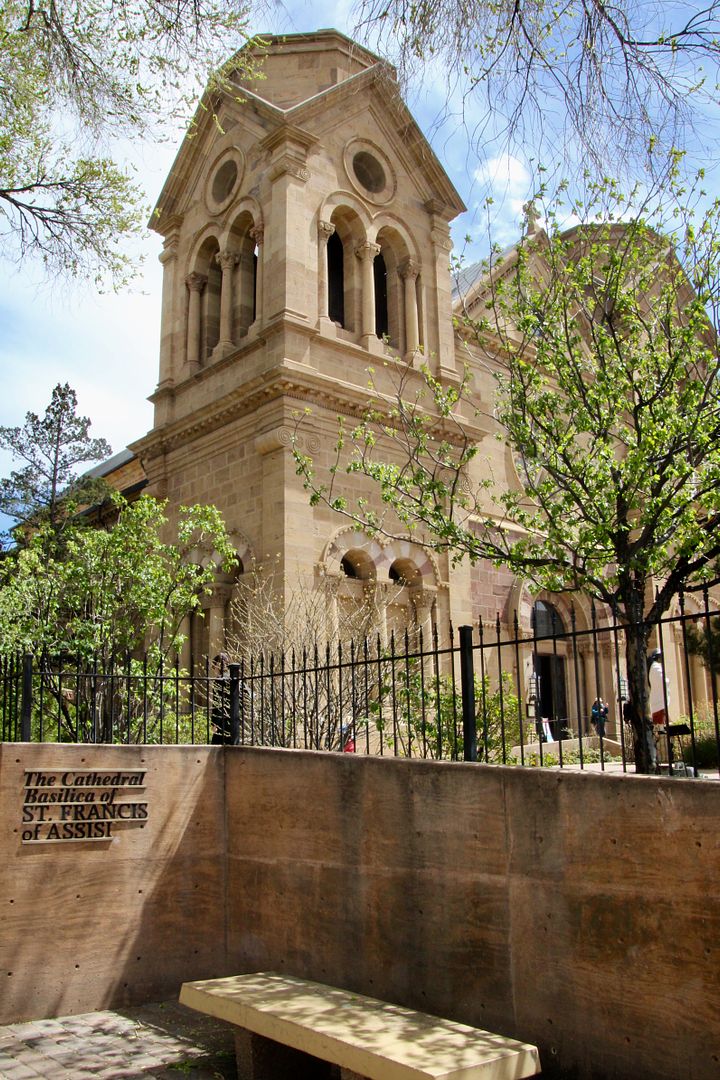
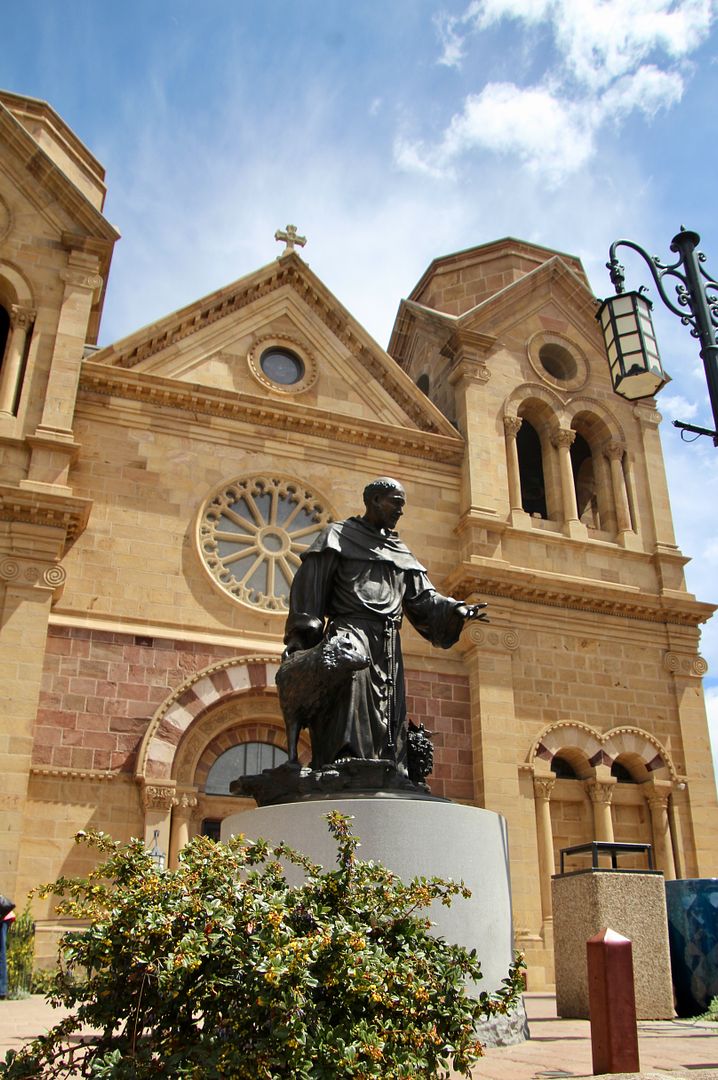
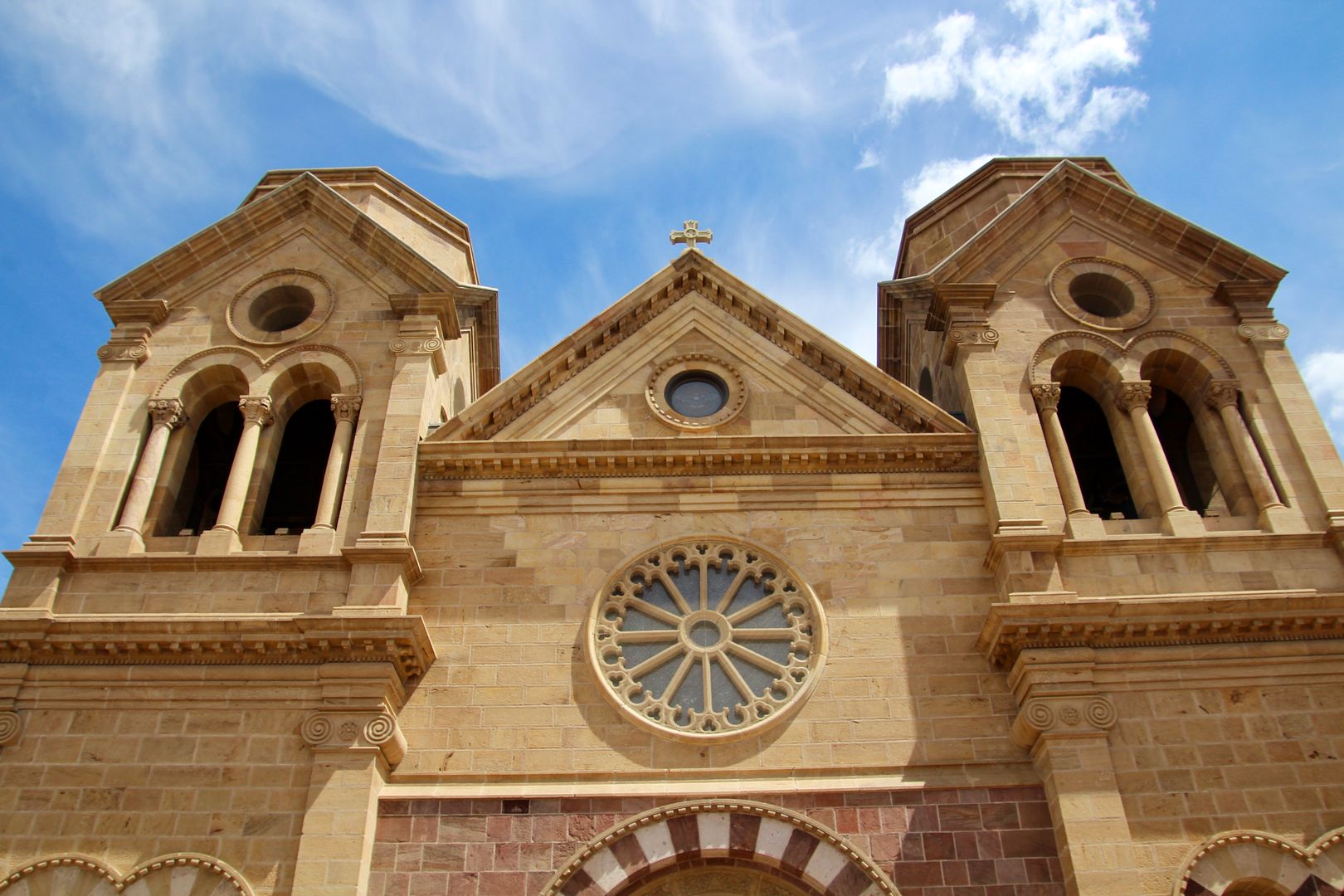


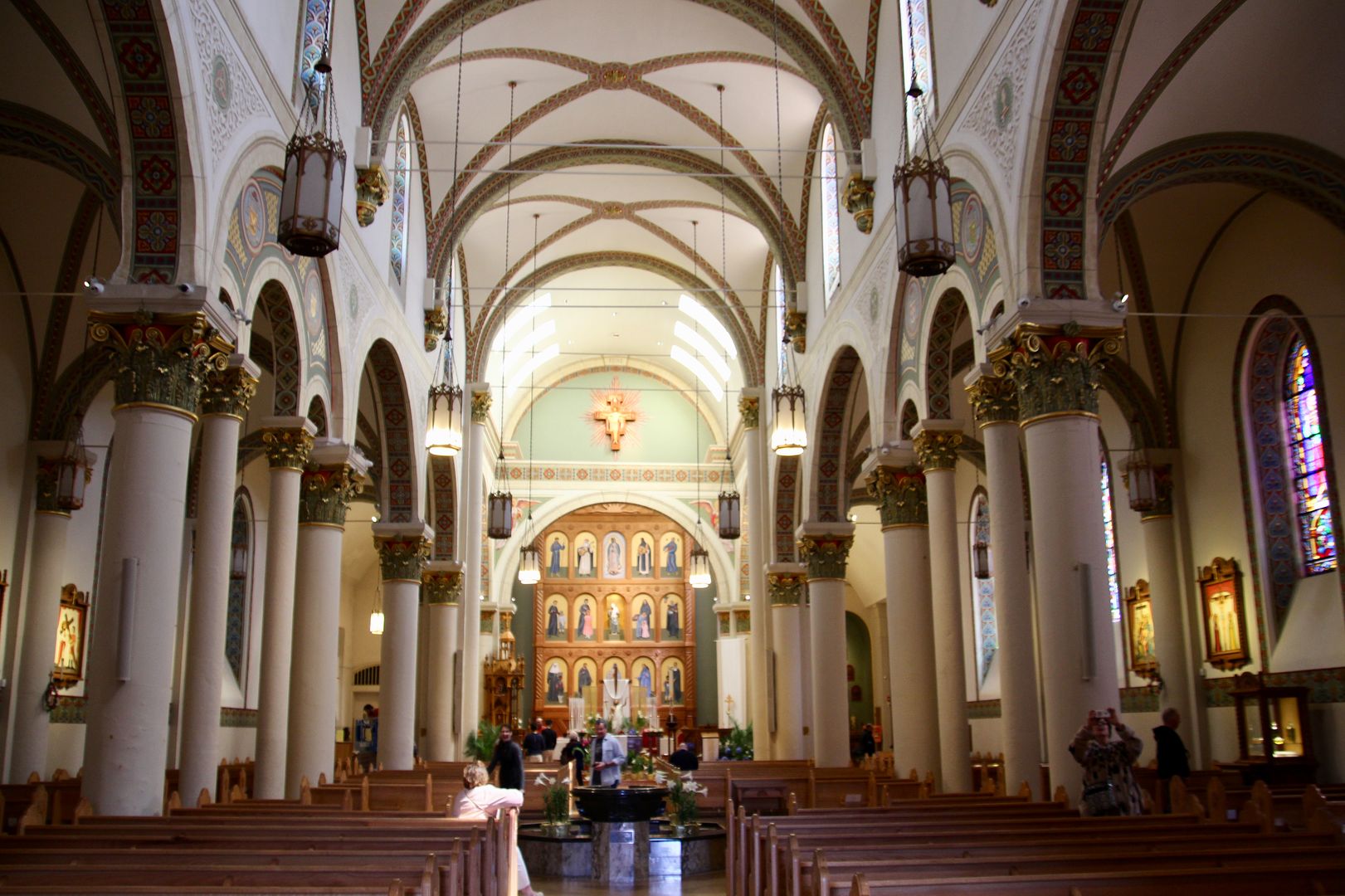


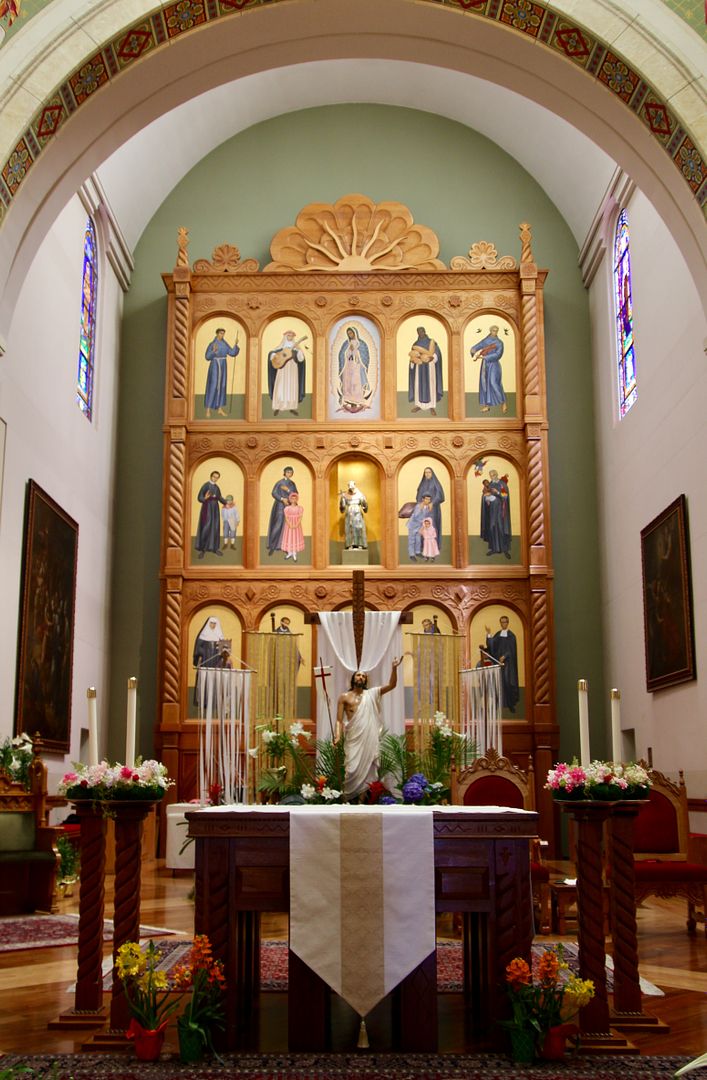

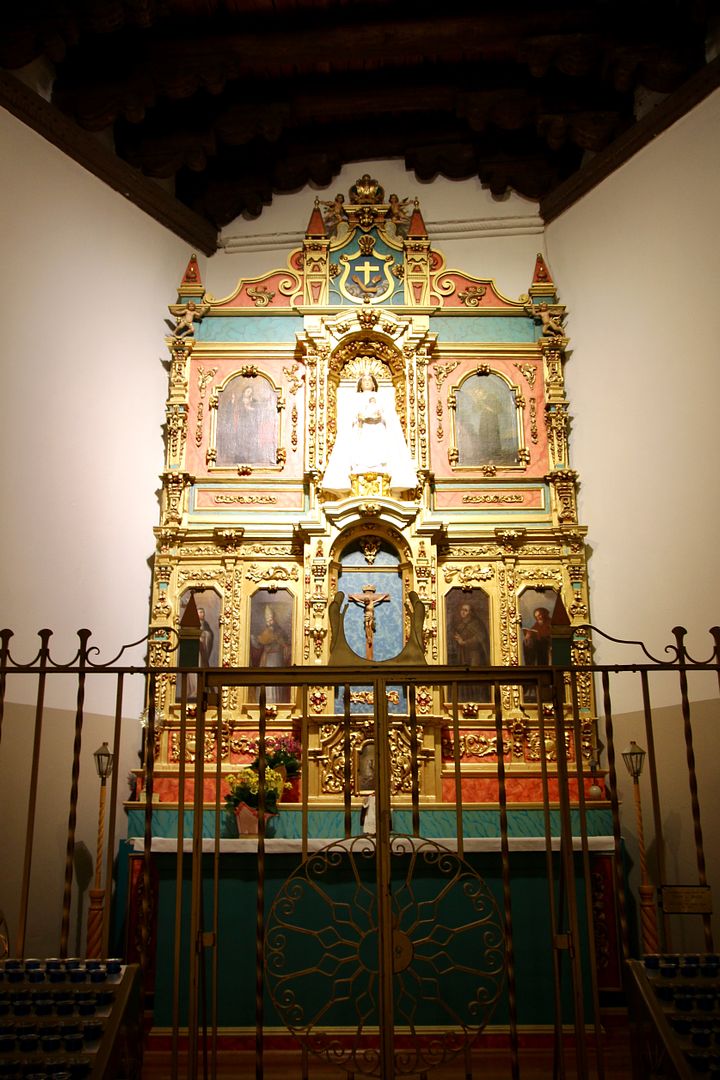
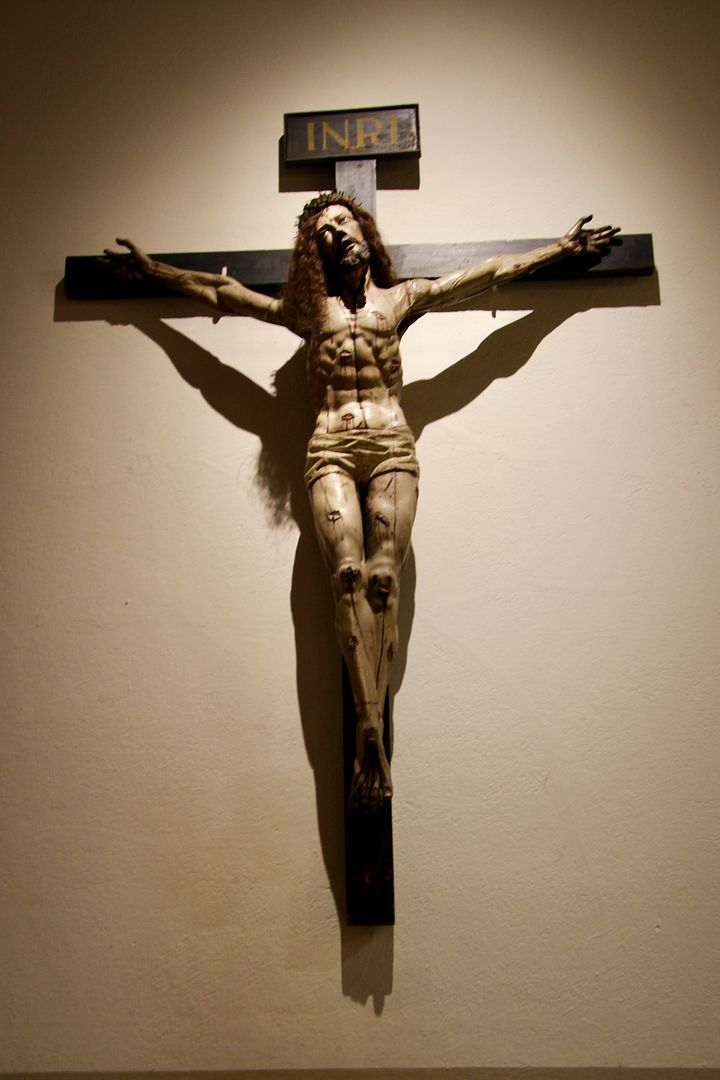
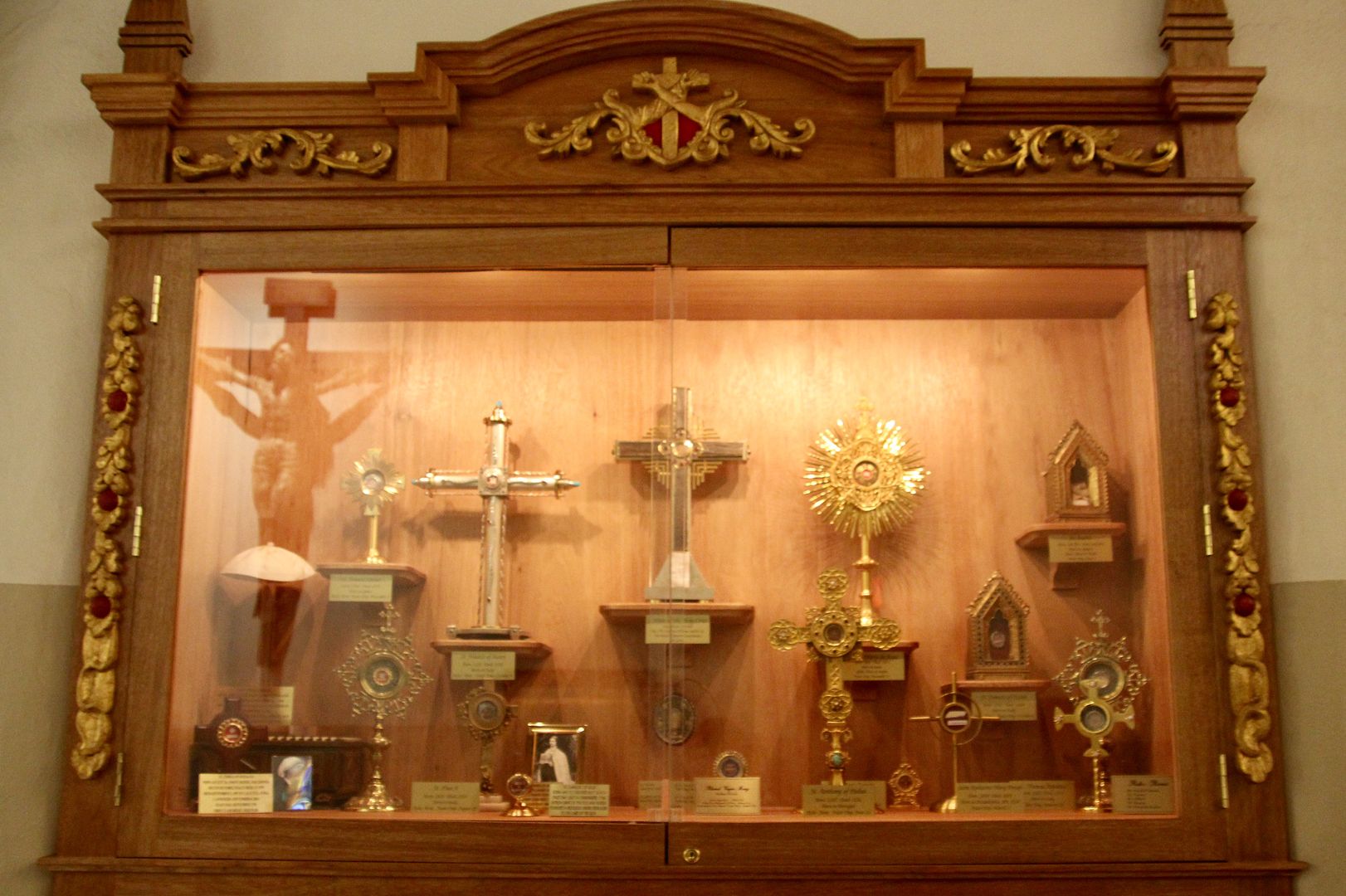

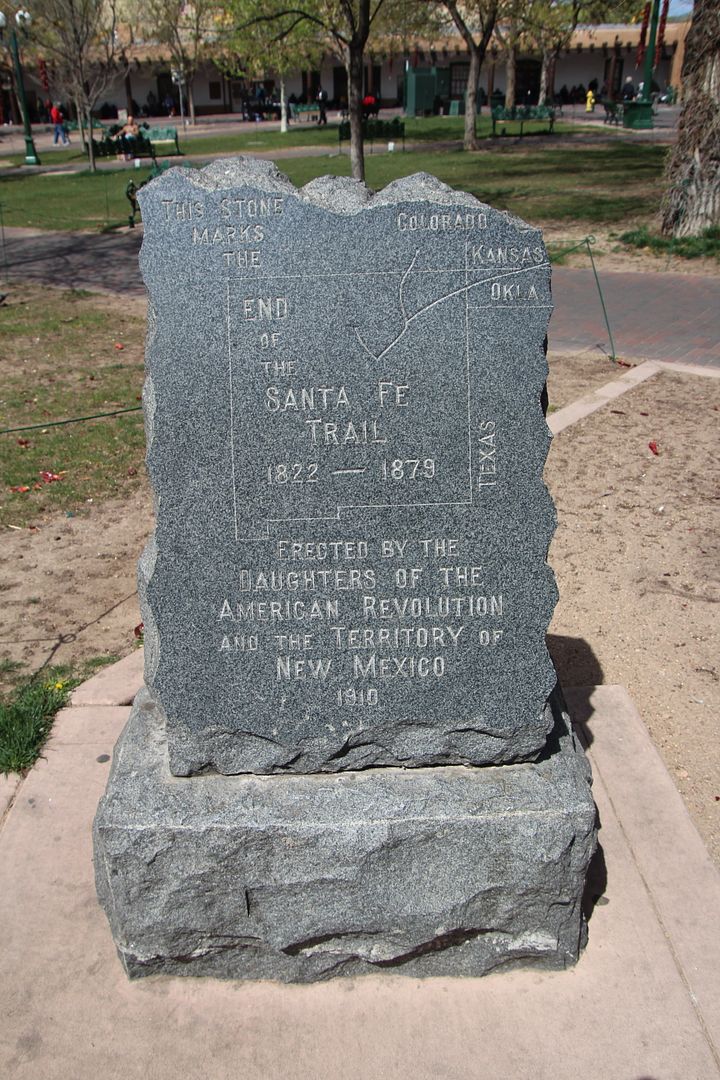
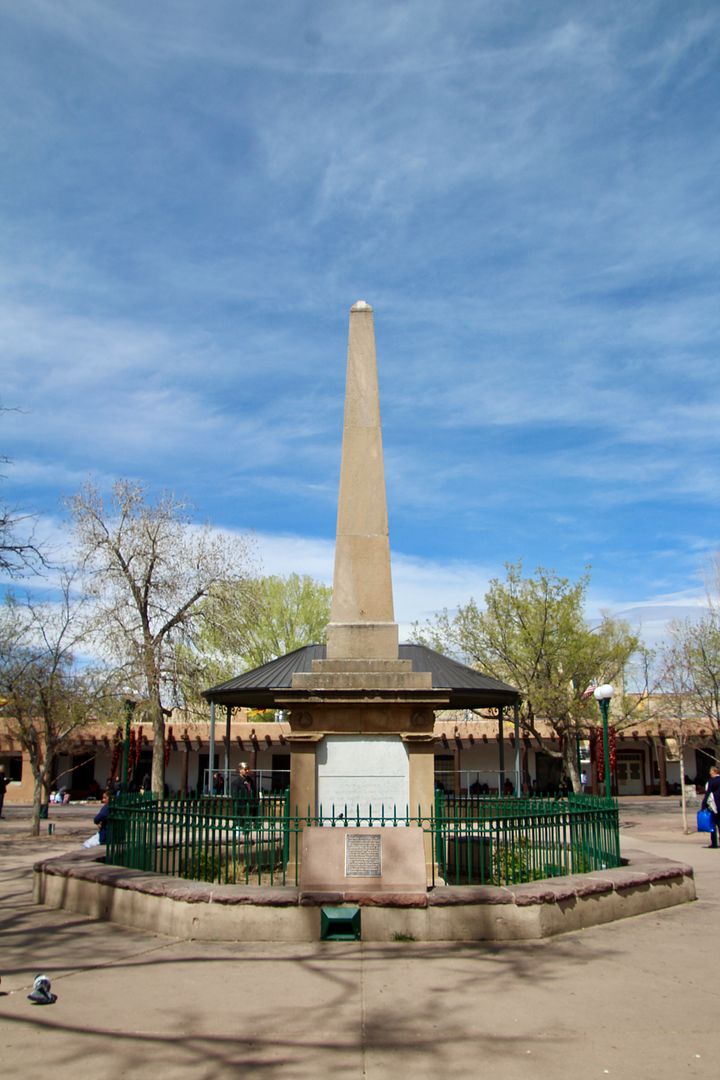

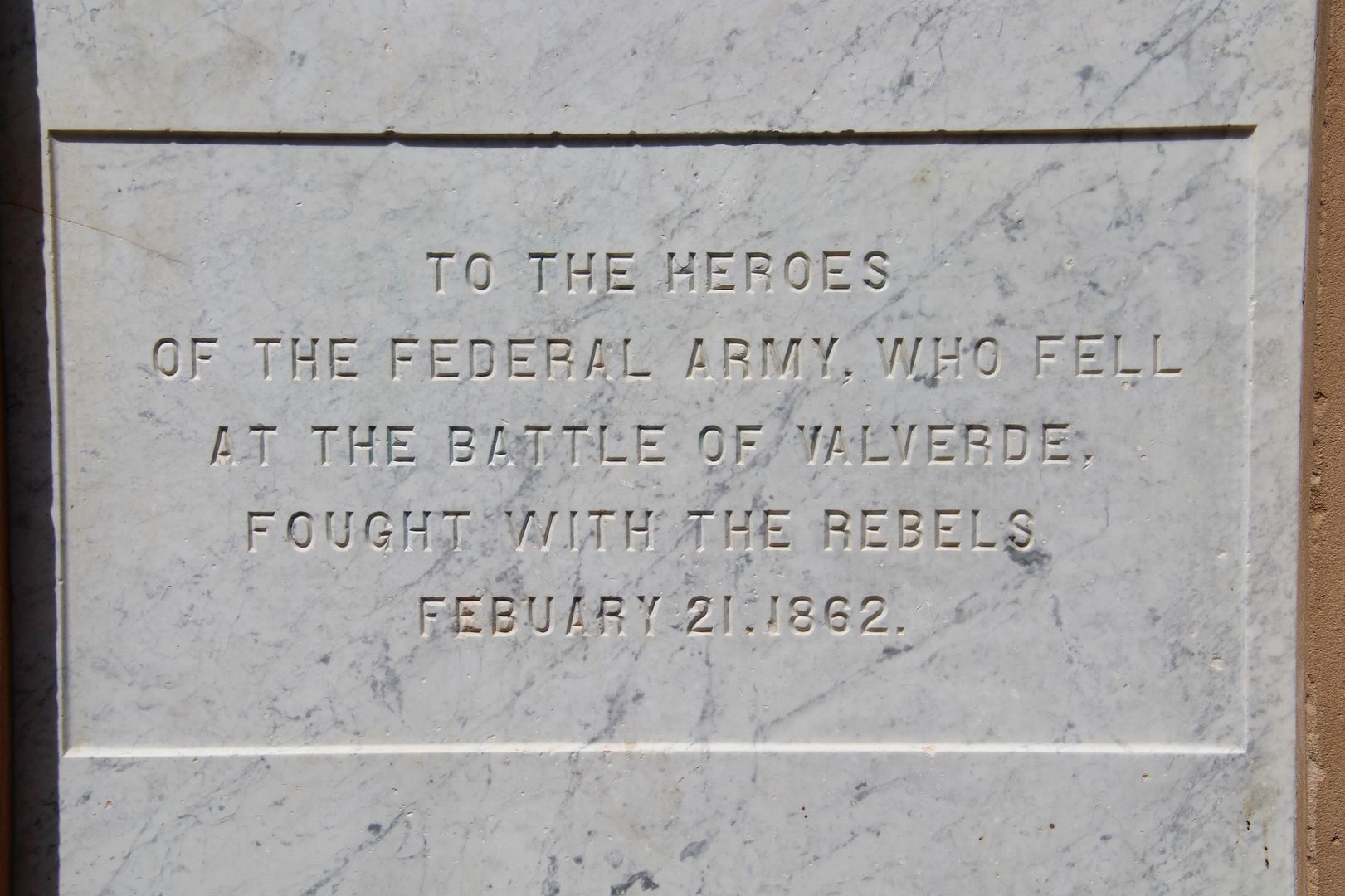

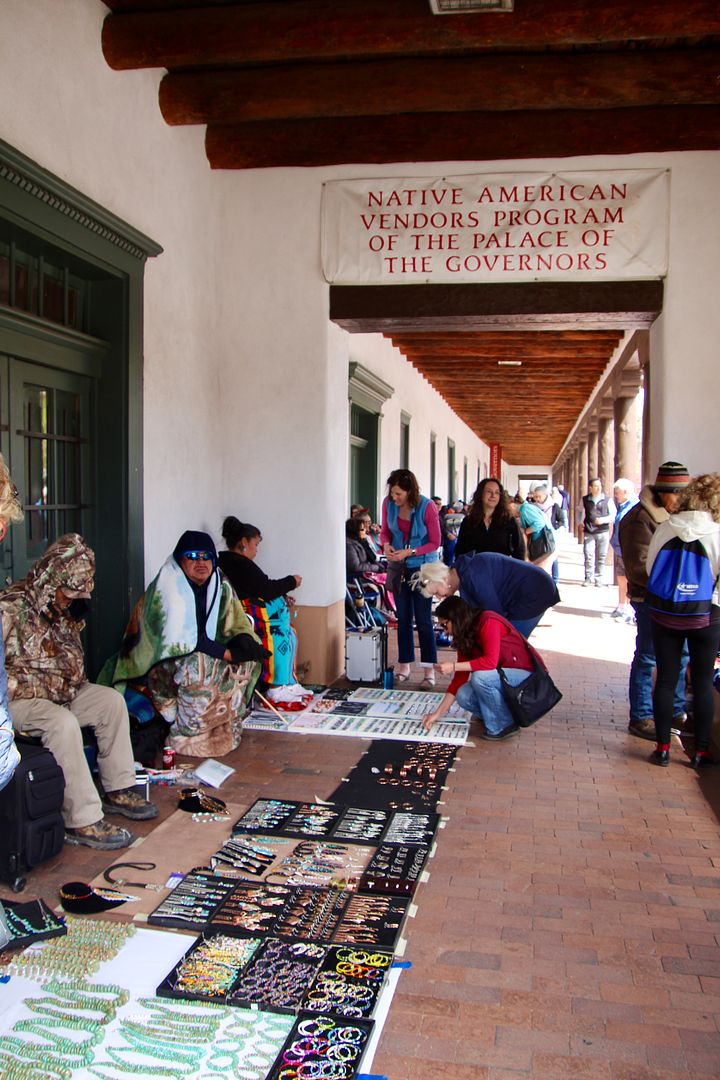
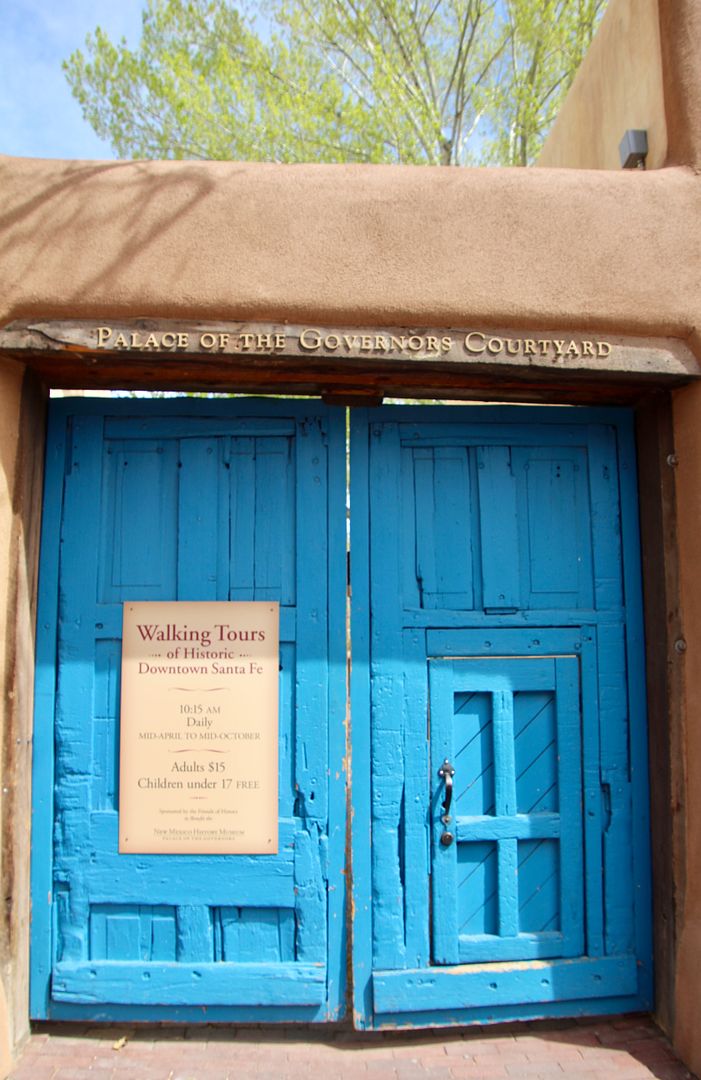
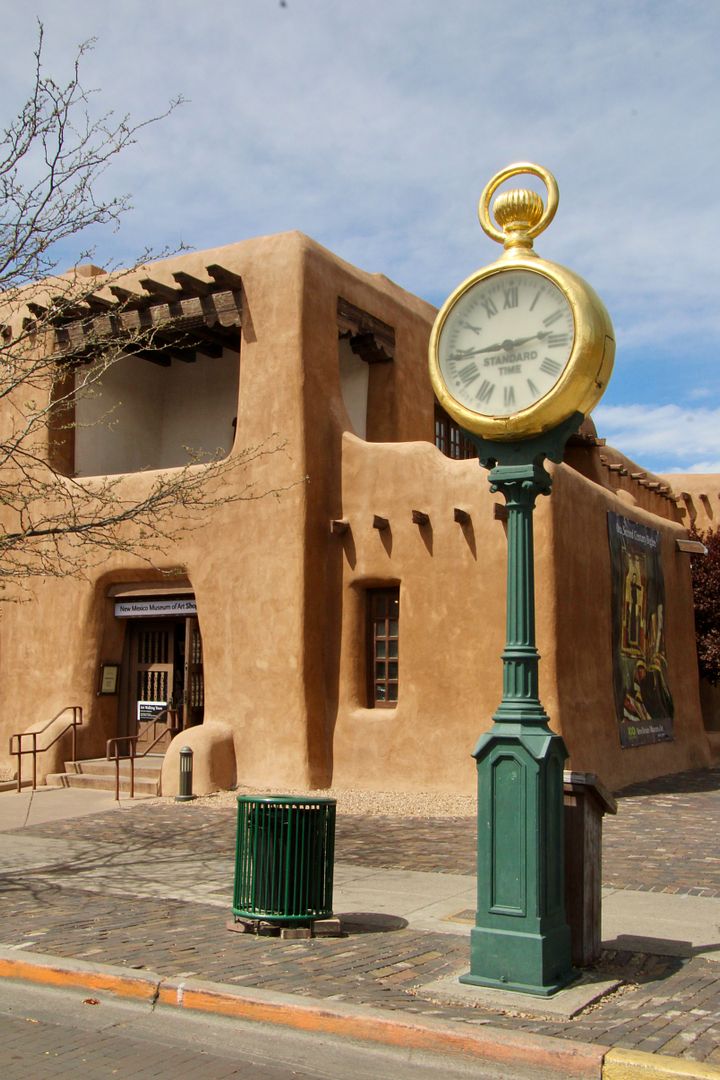
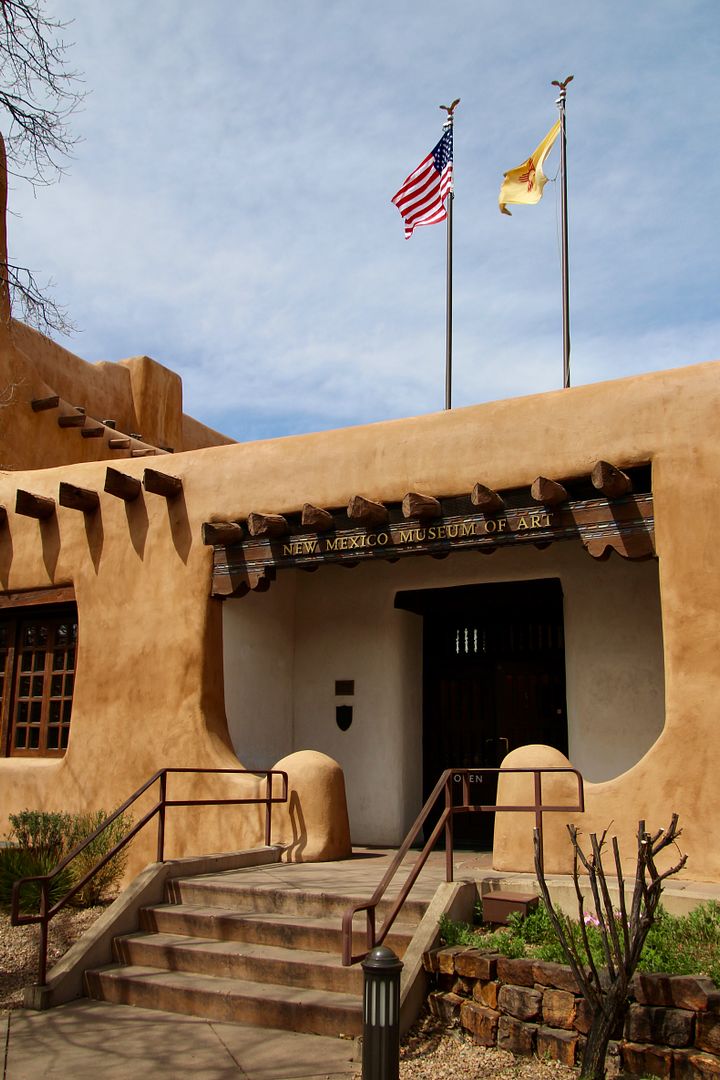
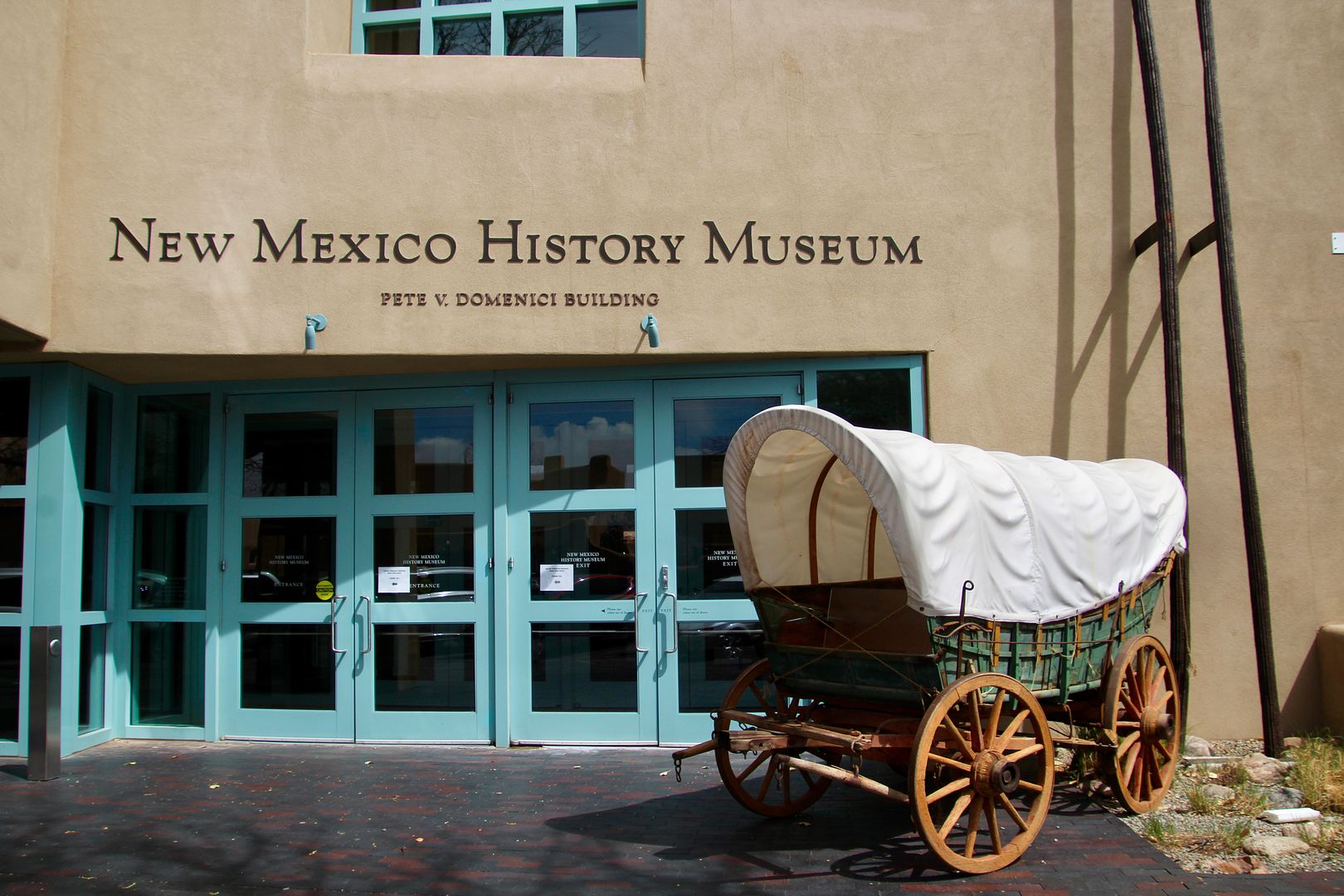
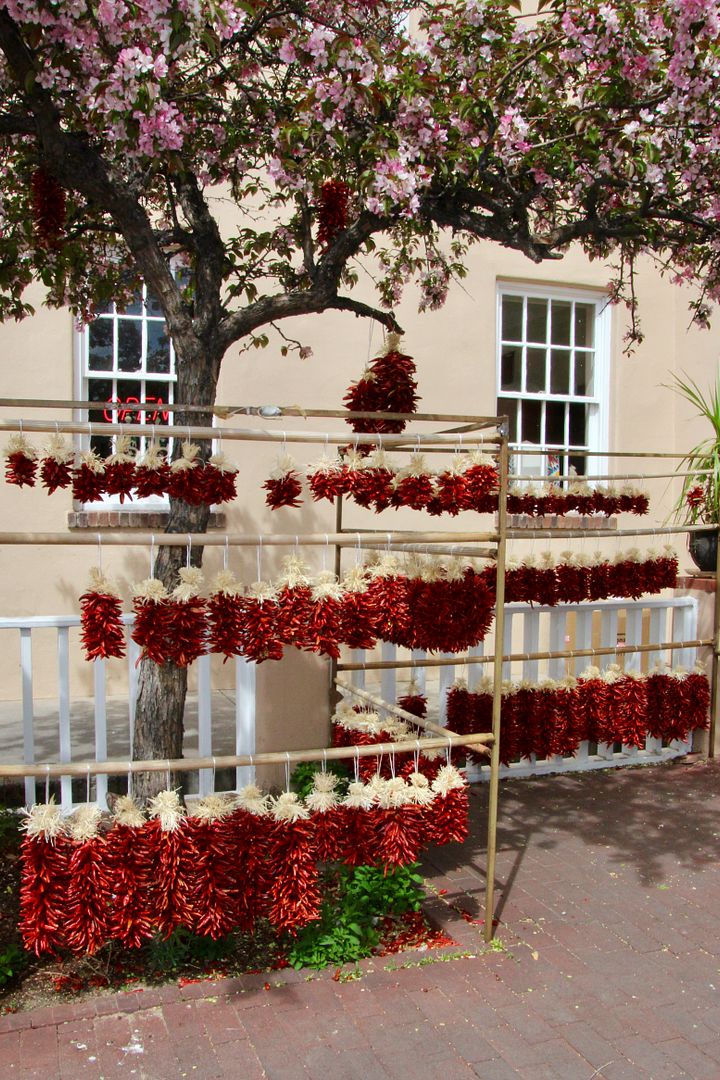
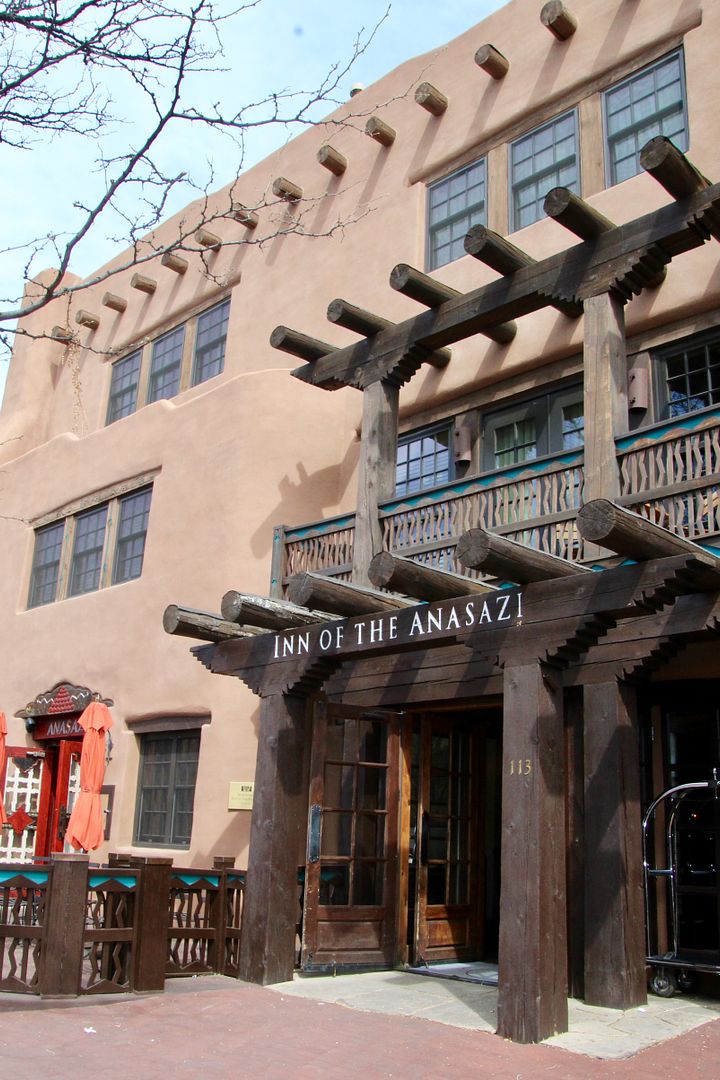
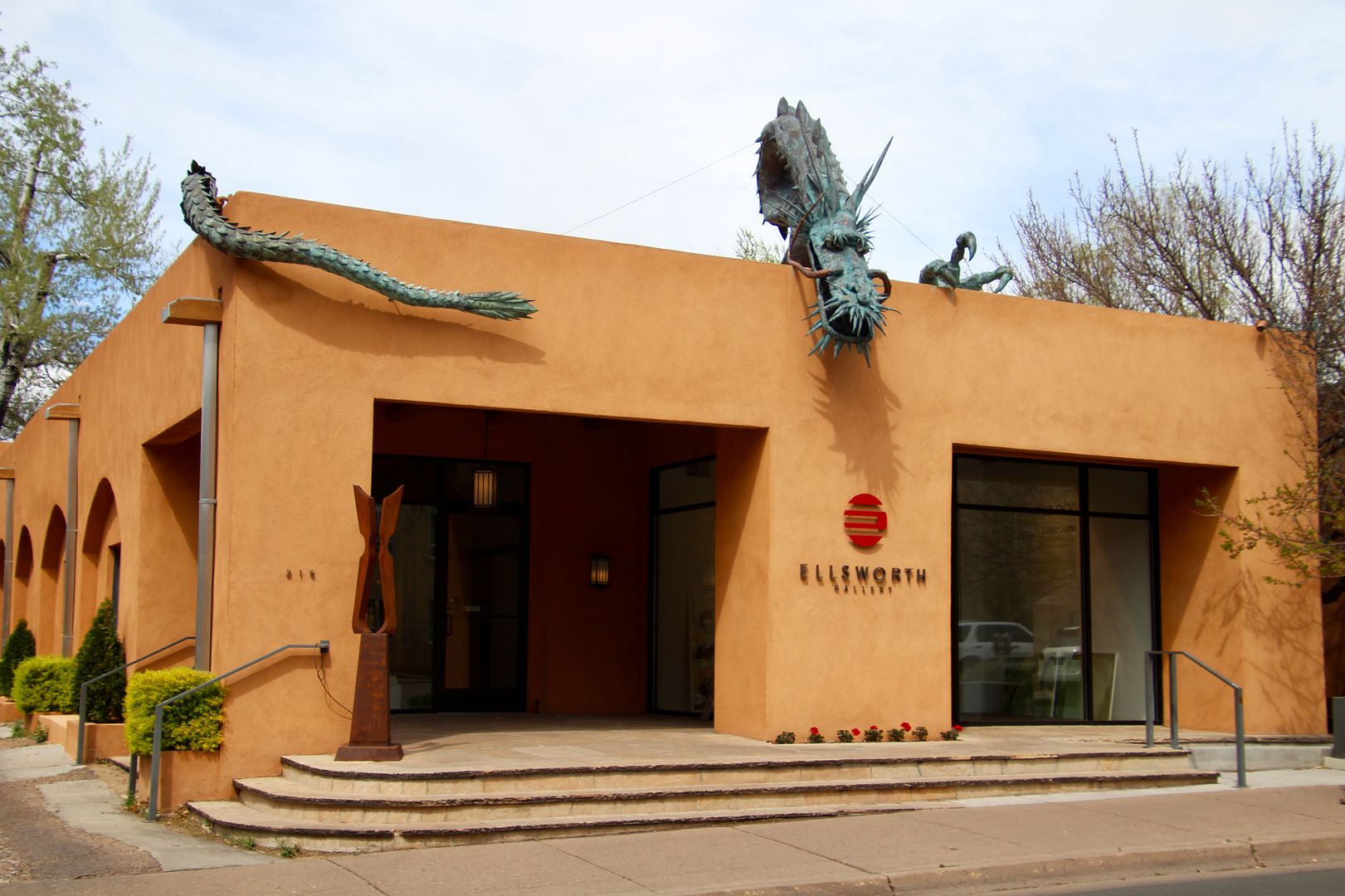
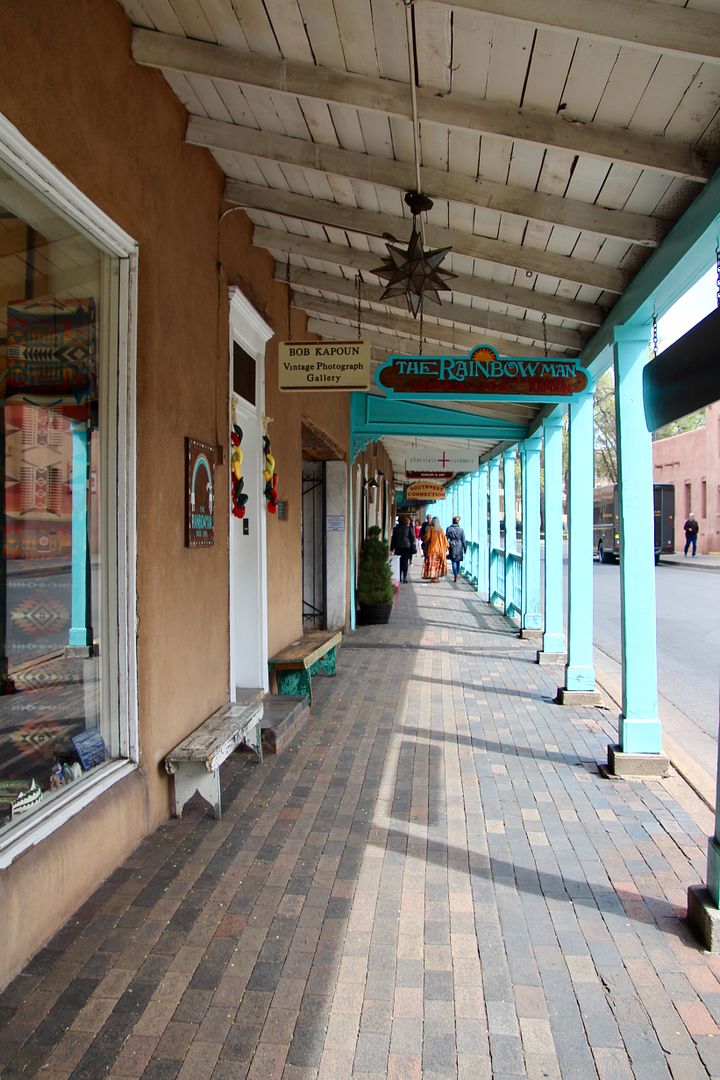
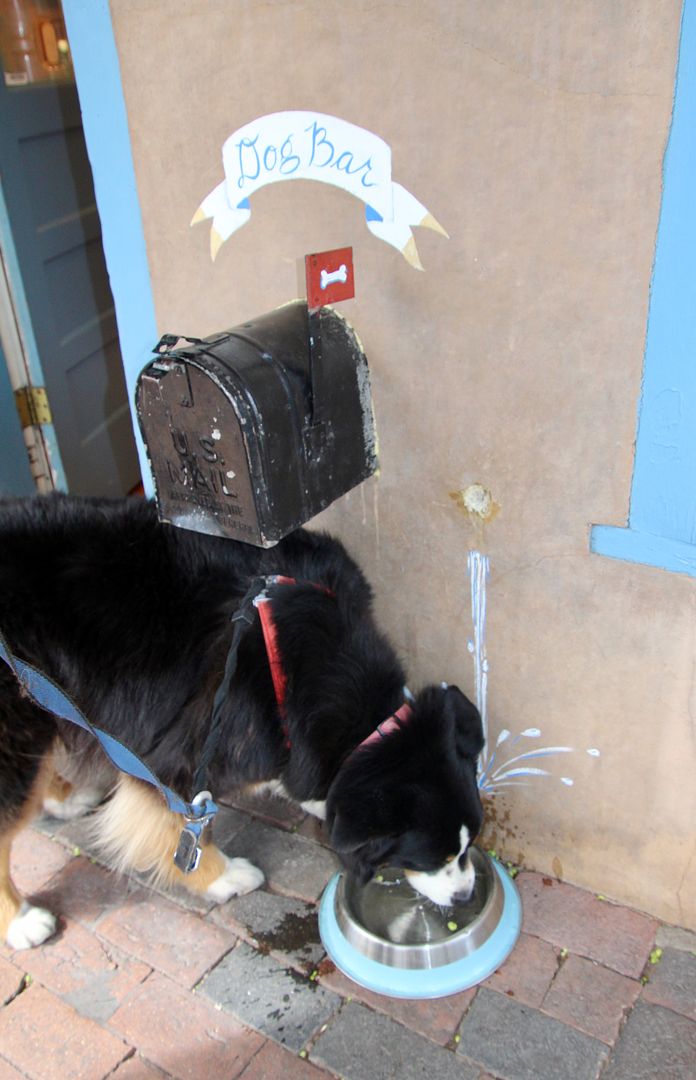
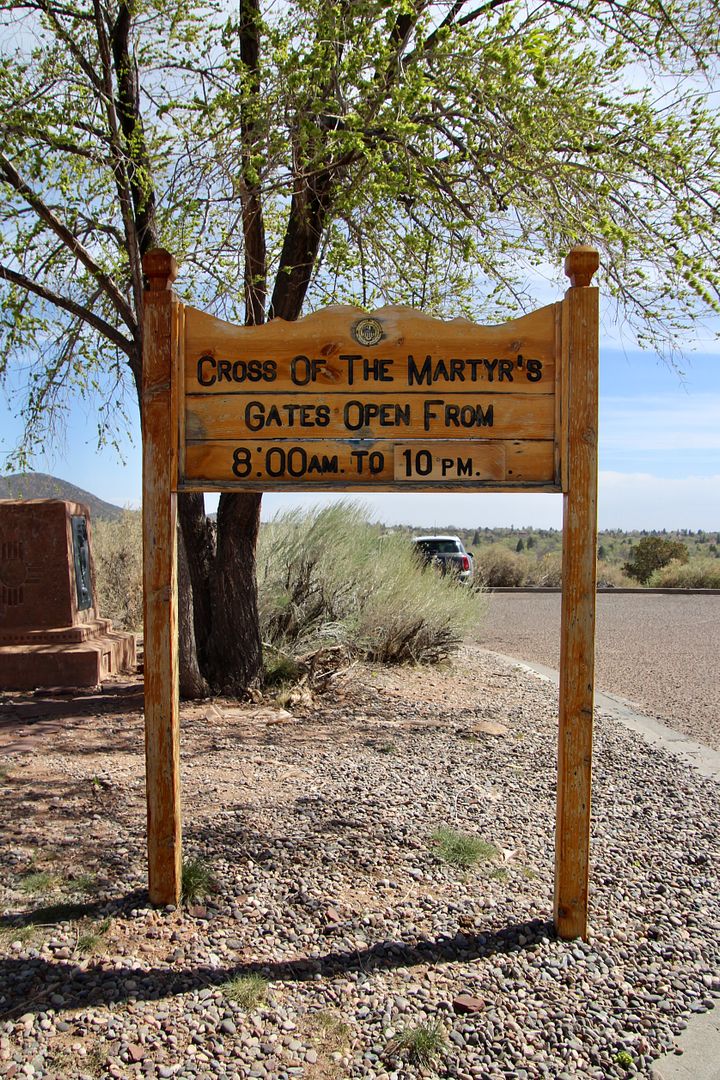
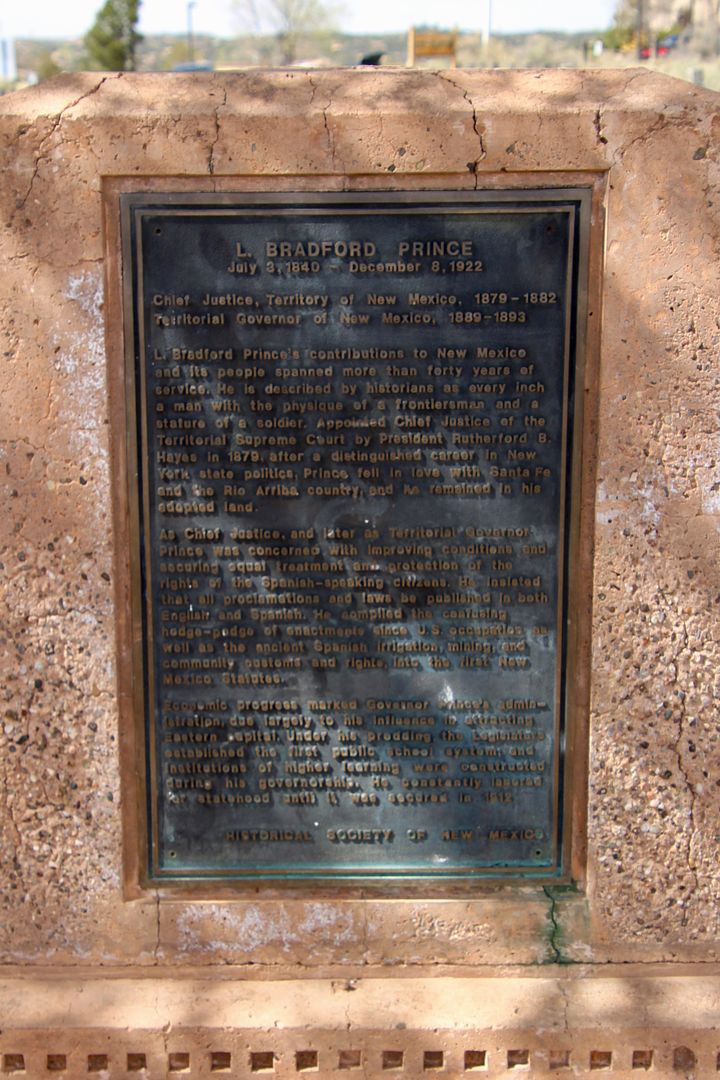
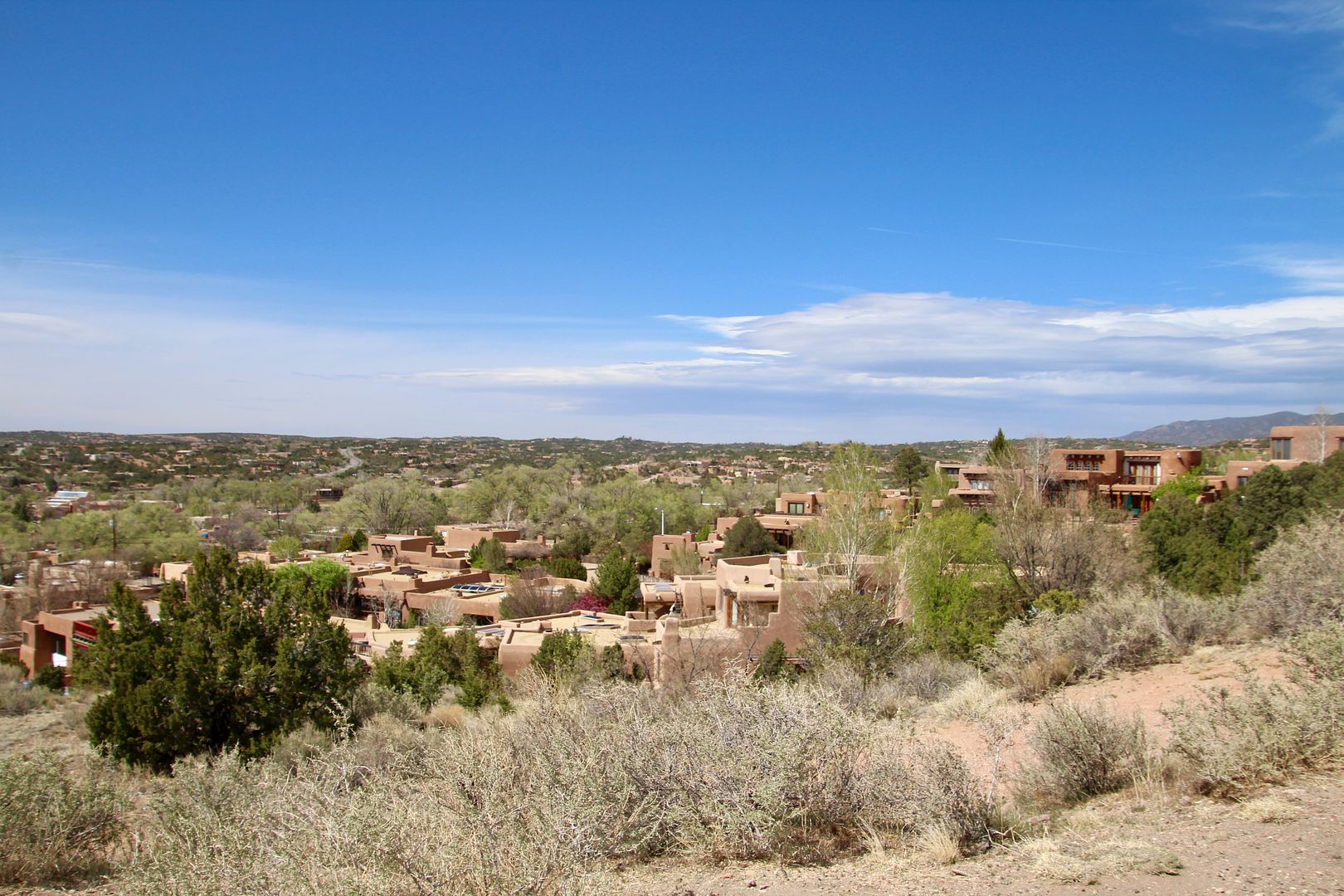
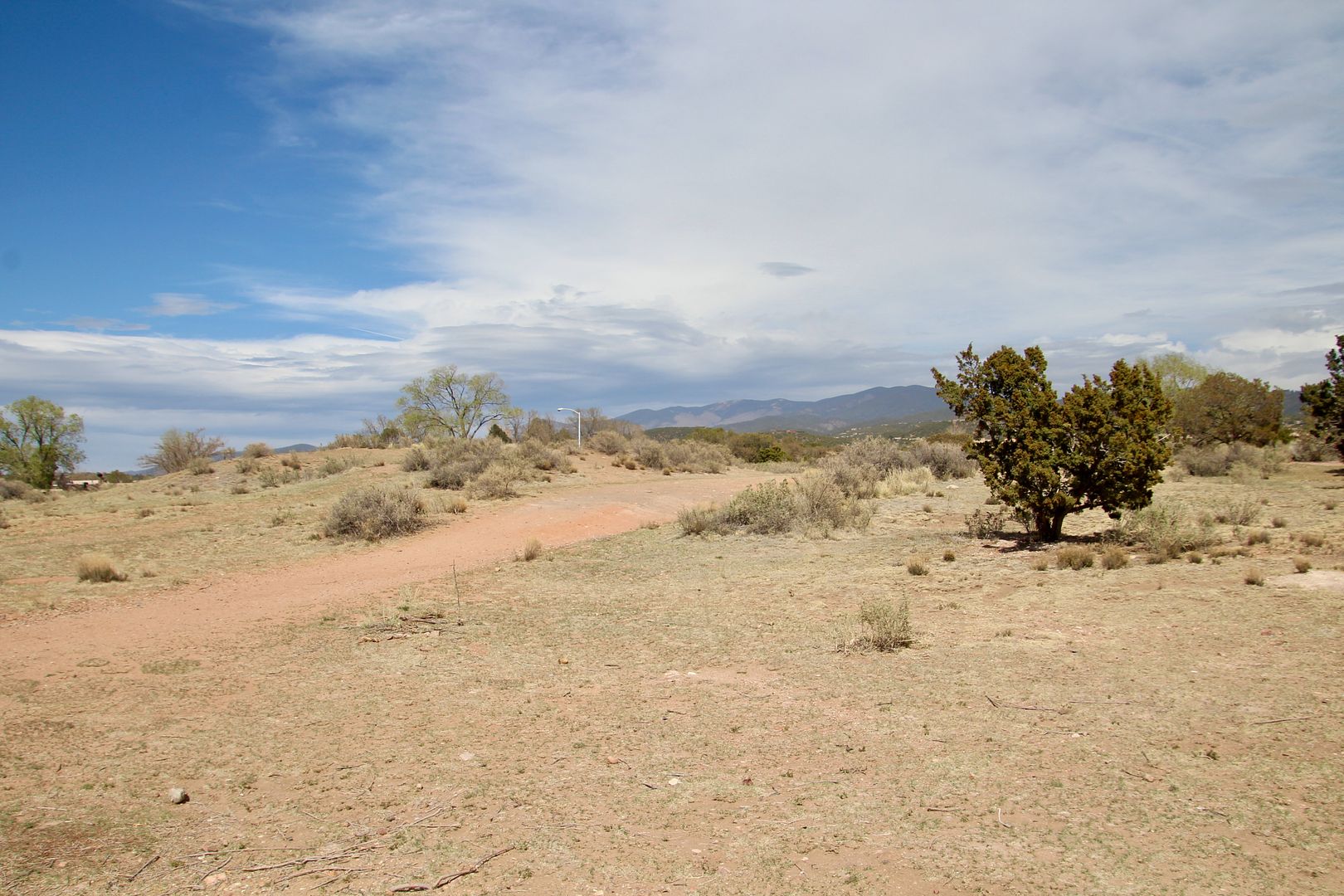
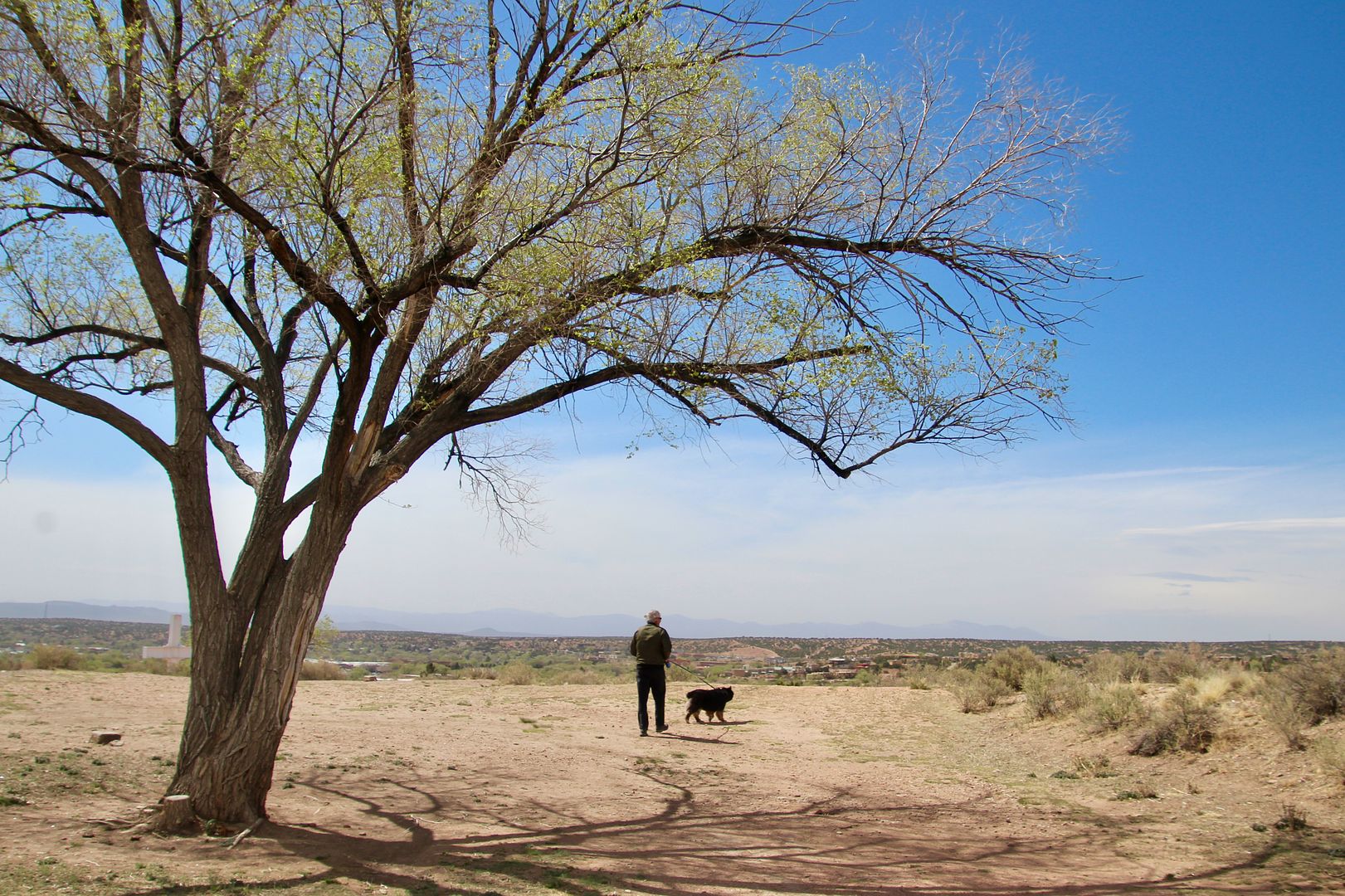
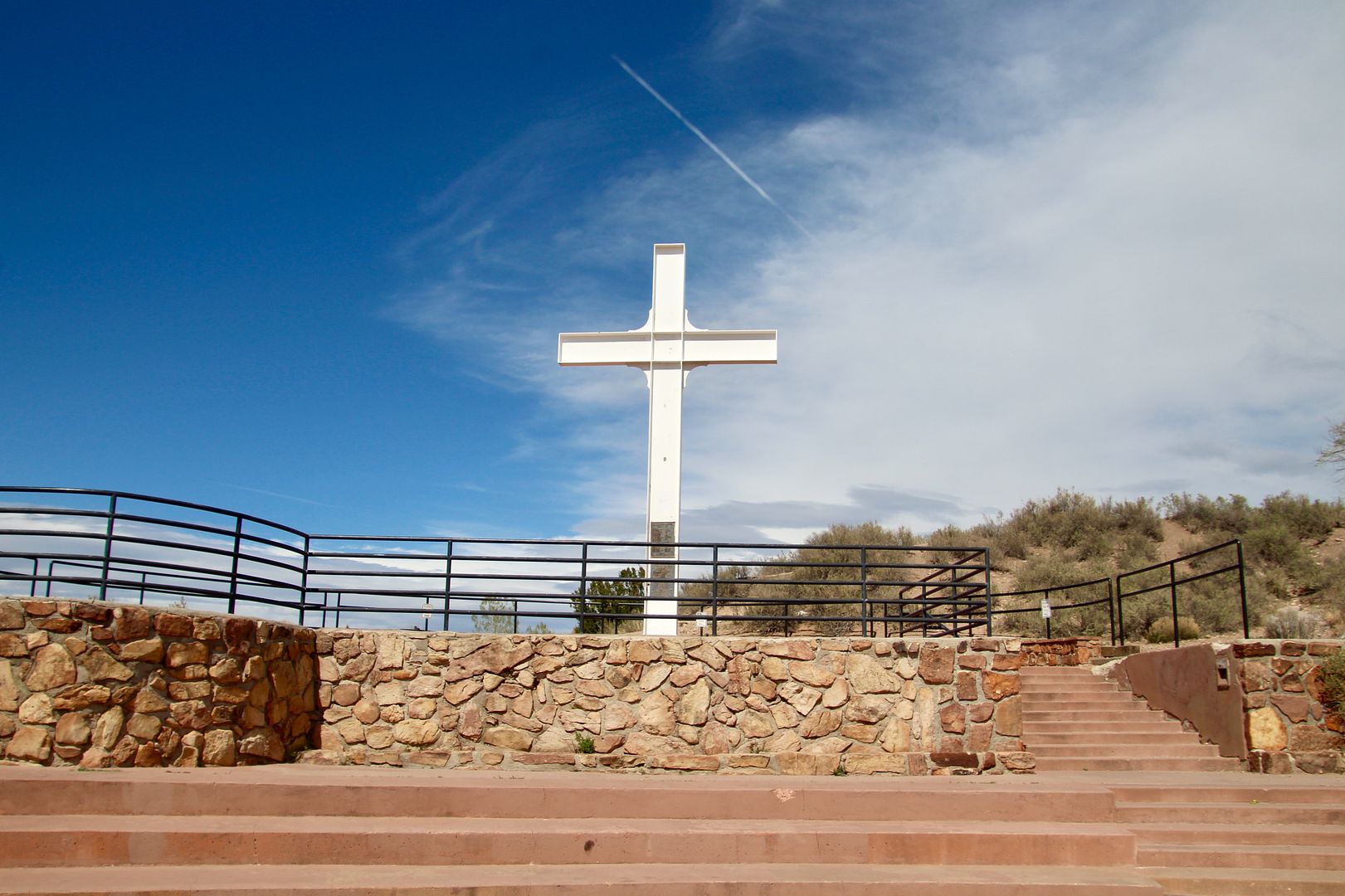
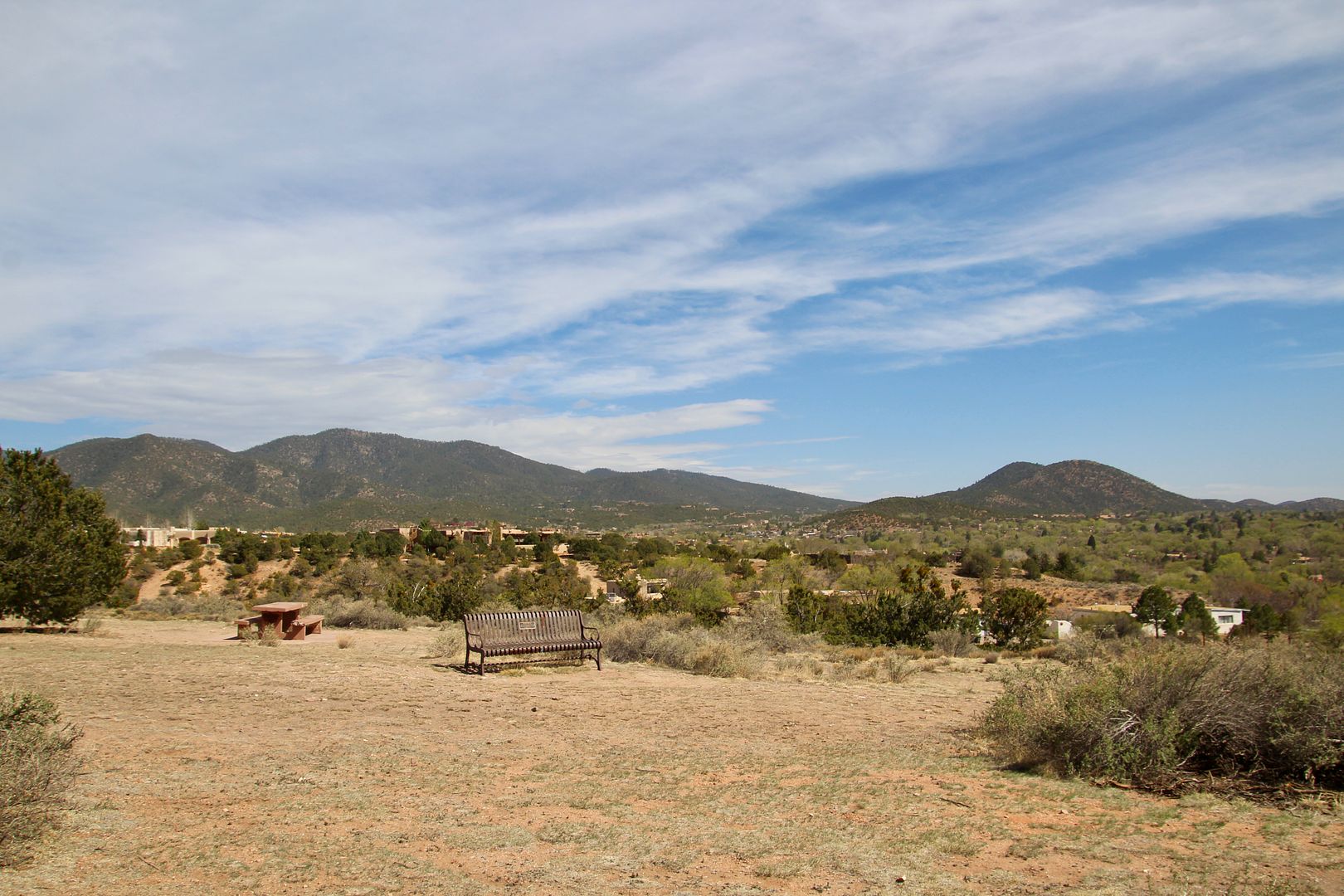
No comments:
Post a Comment